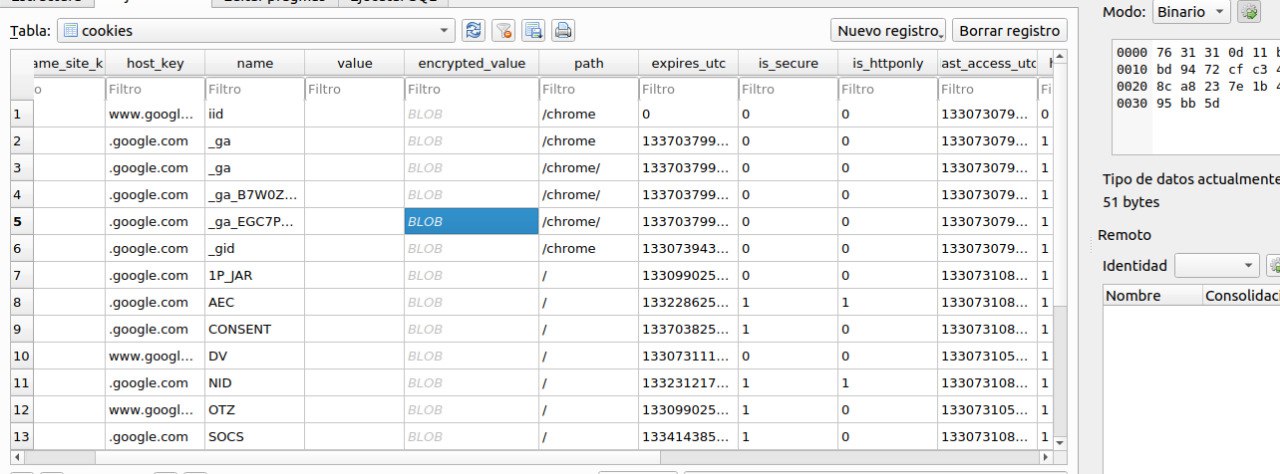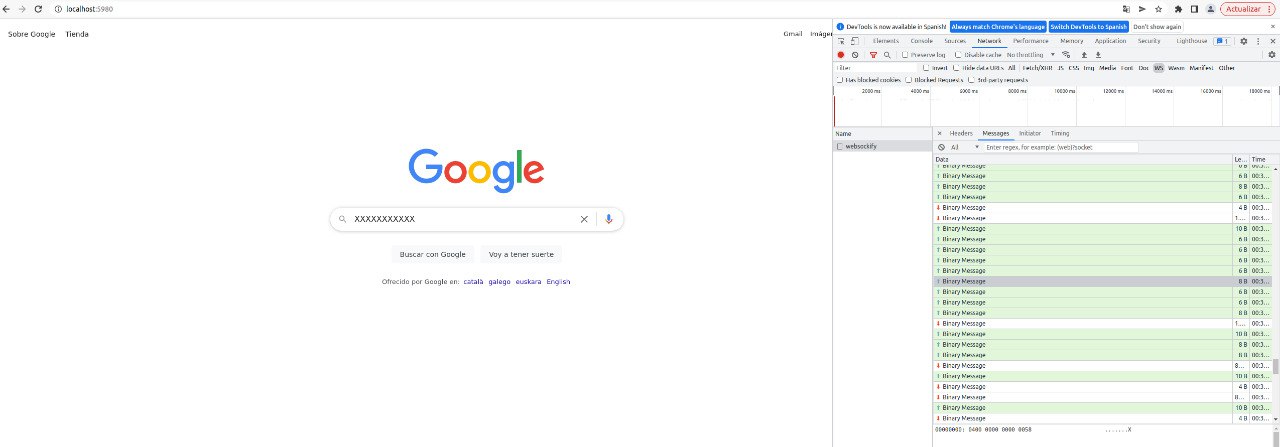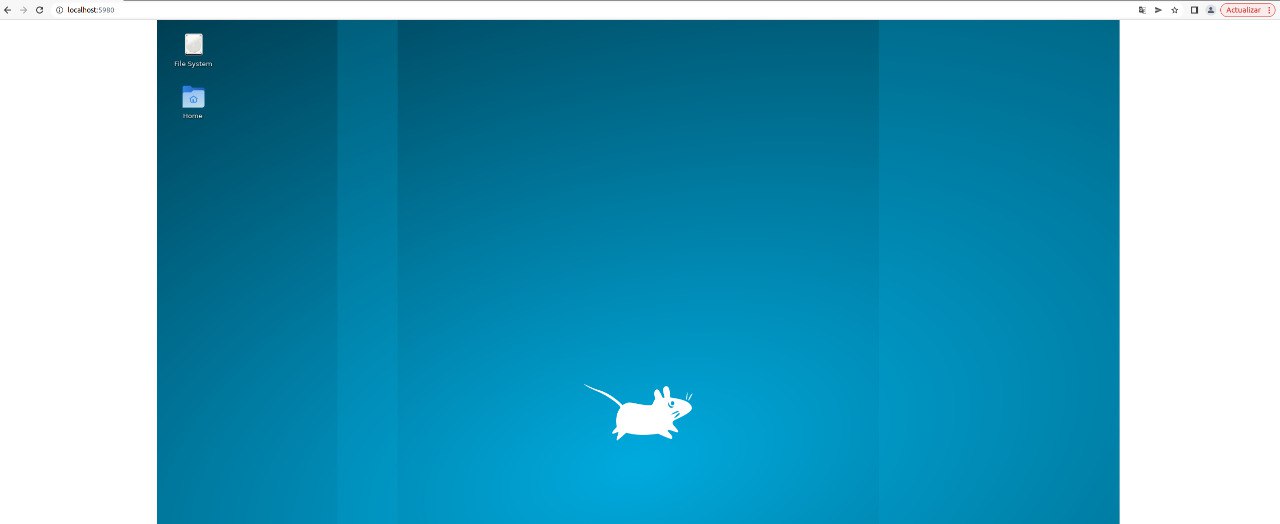Dear Fellowlship, today’s homily is a rebuke to all those sinners who have decided to abandon the correct path of reverse proxies to bypass 2FA. Penitenziagite!
This post will be small and succinct. It should be clear that these are just opinions about this technique that has become trendy in the last weeks, so it will be a much less technical article than we are used to. Thanks for your understanding :)
In recent weeks, we have seen several references to this technique in the context of phishing campaigns, and its possible use to obtain valid sessions by bypassing MFA/2FA. Until now, the preferred technique for intercepting and reusing sessions to evade MFA/2FA has been the use of reverse proxies such as Evilginx or Muraena. These new proof of concepts based on HTML5 VNC clients boil down to the same concept: establishing a Man-in-the-Middle scheme between the victim’s browser and the target website, but using a browser in kiosk mode to act as a proxy instead of a server that parses and forwards the requests.
Probably the article that started this new trend was Steal Credentials & Bypass 2FA Using noVNC by @mrd0x.
We believe the usage of noVNC and similar technologies is really interesting as proof of concepts, but at the moment they do not reach the bare minimum requirements to be used in real Red Team engagements or even pentesting. Let’s take EvilnoVNC as an example.
While testing this tool the following problems arise:
- Navigation is clunky as hell.
- The URL does not change, always remains the same while browsing.
- The back button breaks the navigation in the “real browser”, and not in the one inside the docker.
- Right-click is disabled.
- Links do not show the destination when onmouseover.
- Wrong screen resolution.
- Etc.
Even an untrained user would find out about these issues just with the look and feel.

On the other hand, the operator is heavily restricted in order to achieve a minimum of OPSEC. As an example, we can think about the most basic check we should bypass: User-Agent. Mimicking the User-Agent used by the victim is trivial when dealing with proxies, as we only need to forward it in the request from our server to the real website, but in the case of a browser using kiosk mode it is a bit more difficult to achieve. And the same goes for other modifications that we should make to the original request like, for example, blocking the navigation to a /logout endpoint that would nuke the session.
Another fun fact about this tool is… it does not work. If you test the tool you will find the following:
psyconauta@insulanova:/tmp/EvilnoVNC/Downloads|main⚡ ⇒ cat Cookies.txt
Host: .google.com
Cookie name: AEC
Cookie value (decrypted): Encrypted
Creation datetime (UTC): 2022-09-10 19:44:54.548204
Last access datetime (UTC): 2022-09-10 21:31:39.833445
Expires datetime (UTC): 2023-03-09 19:44:54.548204
===============================================================
Host: .google.com
Cookie name: CONSENT
Cookie value (decrypted): Encrypted
Creation datetime (UTC): 2022-09-10 19:44:54.548350
Last access datetime (UTC): 2022-09-10 21:31:39.833445
Expires datetime (UTC): 2024-09-09 19:44:54.548350
===============================================================
(...)
Which is really odd. If you check the code from the GitHub repo…
import os
import json
import base64
import sqlite3
from datetime import datetime, timedelta
def get_chrome_datetime(chromedate):
"""Return a `datetime.datetime` object from a chrome format datetime
Since `chromedate` is formatted as the number of microseconds since January, 1601"""
if chromedate != 86400000000 and chromedate:
try:
return datetime(1601, 1, 1) + timedelta(microseconds=chromedate)
except Exception as e:
print(f"Error: {e}, chromedate: {chromedate}")
return chromedate
else:
return ""
def main():
# local sqlite Chrome cookie database path
filename = "Downloads/Default/Cookies"
# connect to the database
db = sqlite3.connect(filename)
# ignore decoding errors
db.text_factory = lambda b: b.decode(errors="ignore")
cursor = db.cursor()
# get the cookies from `cookies` table
cursor.execute("""
SELECT host_key, name, value, creation_utc, last_access_utc, expires_utc, encrypted_value
FROM cookies""")
# you can also search by domain, e.g thepythoncode.com
# cursor.execute("""
# SELECT host_key, name, value, creation_utc, last_access_utc, expires_utc, encrypted_value
# FROM cookies
# WHERE host_key like '%thepythoncode.com%'""")
# get the AES key
for host_key, name, value, creation_utc, last_access_utc, expires_utc, encrypted_value in cursor.fetchall():
if not value:
decrypted_value = "Encrypted"
else:
# already decrypted
decrypted_value = value
print(f"""
Host: {host_key}
Cookie name: {name}
Cookie value (decrypted): {decrypted_value}
Creation datetime (UTC): {get_chrome_datetime(creation_utc)}
Last access datetime (UTC): {get_chrome_datetime(last_access_utc)}
Expires datetime (UTC): {get_chrome_datetime(expires_utc)}
===============================================================""")
# update the cookies table with the decrypted value
# and make session cookie persistent
cursor.execute("""
UPDATE cookies SET value = ?, has_expires = 1, expires_utc = 99999999999999999, is_persistent = 1, is_secure = 0
WHERE host_key = ?
AND name = ?""", (decrypted_value, host_key, name))
# commit changes
db.commit()
# close connection
db.close()
if __name__ == "__main__":
main()
As you can see, the script is just a rip off from this post, but the author of EvilnoVNC deleted the part where the cookies are decrypted :facepalm:.

You can not grab the cookies because you are setting its value to the literal string Encrypted instead of the real decrypted value :yet-another-facepalm:. We did not check if this dockerized version saves the master password in the keyring or if it just uses the hardcoded ‘peanuts’. In the former case, copying the files to your profile shouldn’t work.
The capability to detect this technique heavily relies on what can you inspect. The current published tooling uses a barely modified version of noVNC, meaning that if you are already inspecting web JavaScript to catch malicious stuff like HTML smuggling, you could add signatures to detect the use of RFB. Of course it is trivial to bypass this by simply obfuscating the JavaScript, but you are sure to catch a myriad of ball-busting script kiddies.
psyconauta@insulanova:/tmp/EvilnoVNC/Downloads|main⚡ ⇒ curl http://localhost:5980/ 2>&1 | grep RFB
// RFB holds the API to connect and communicate with a VNC server
import RFB from './core/rfb.js';
// Creating a new RFB object will start a new connection
rfb = new RFB(document.getElementById('screen'), url,
// Add listeners to important events from the RFB module
Moreover, all control is done through the RFB over WebSockets protocol, so it is quite easy to spot this type of traffic as it is unencrypted at the application level.

Additionally, because this protocol is easy to implement, you can create a small script to send keystrokes and/or mouse movements directly to escape from Chromium to the desktop.

This tool executes noVNC on a docker so there is not much to do after escaping from Chromium, but think about other script kiddies who execute it directly on a server :). Automating the scanner & pwnage of this kind of phishing sites is easy if you have the time.
From the point of view of the endpoint to log into, it is easier to detect the use of a User-Agent other than the usual one. If your user base accesses your VPN web portal from Windows, someone connecting from Linux should trigger an alert.
And finally, the classic “training-education-whatever” of users would help a lot as the current state of the art is trivial to spot.
Tooling around this concept of MFA/2FA bypassing is still too rudimentary to be used in real engagements, although they are really cool proof of concepts. We believe it will evolve within the next years (or months) and people will start to work on better approaches. For now, reverse proxies are still more powerful as they can be easily configured to blend in with legitimate traffic, and the user does not experience look and feel annoyances.
We hope you enjoyed this reading! Feel free to give us feedback at our twitter @AdeptsOf0xCC.
